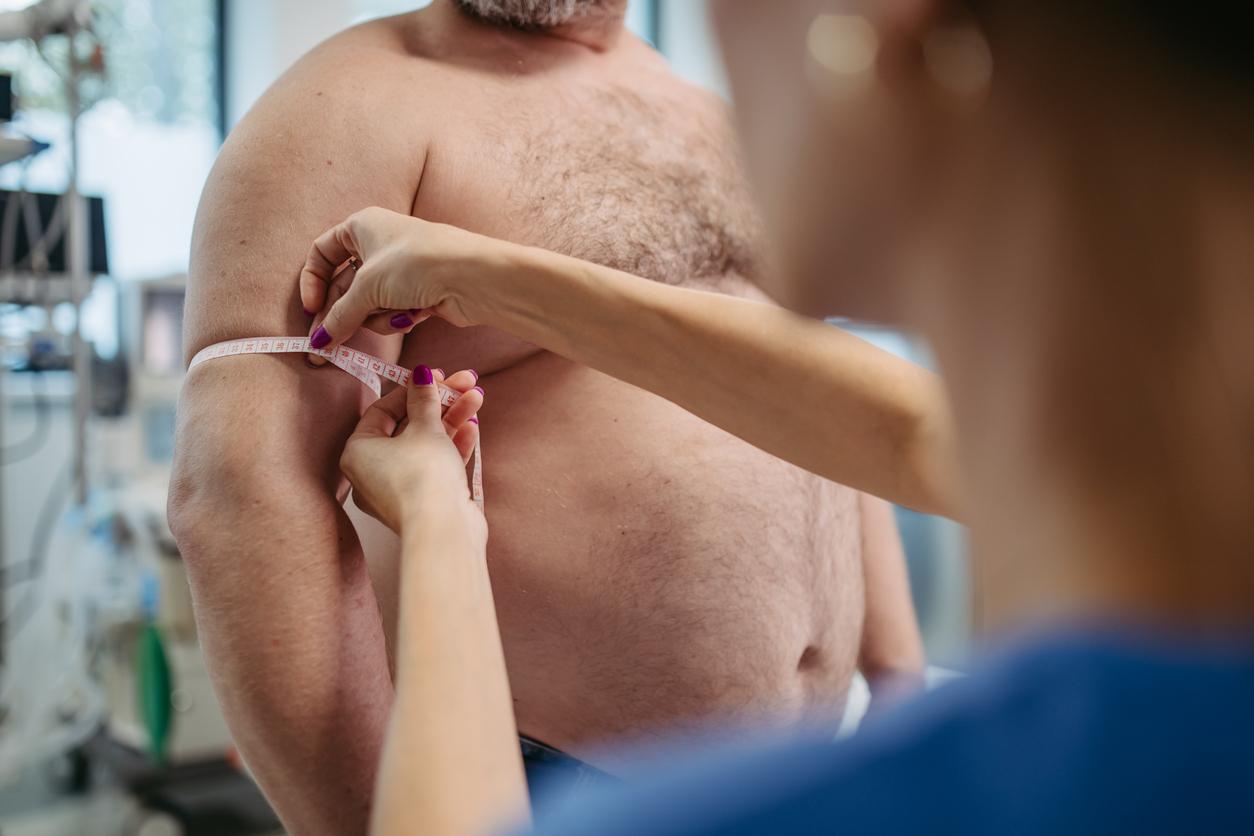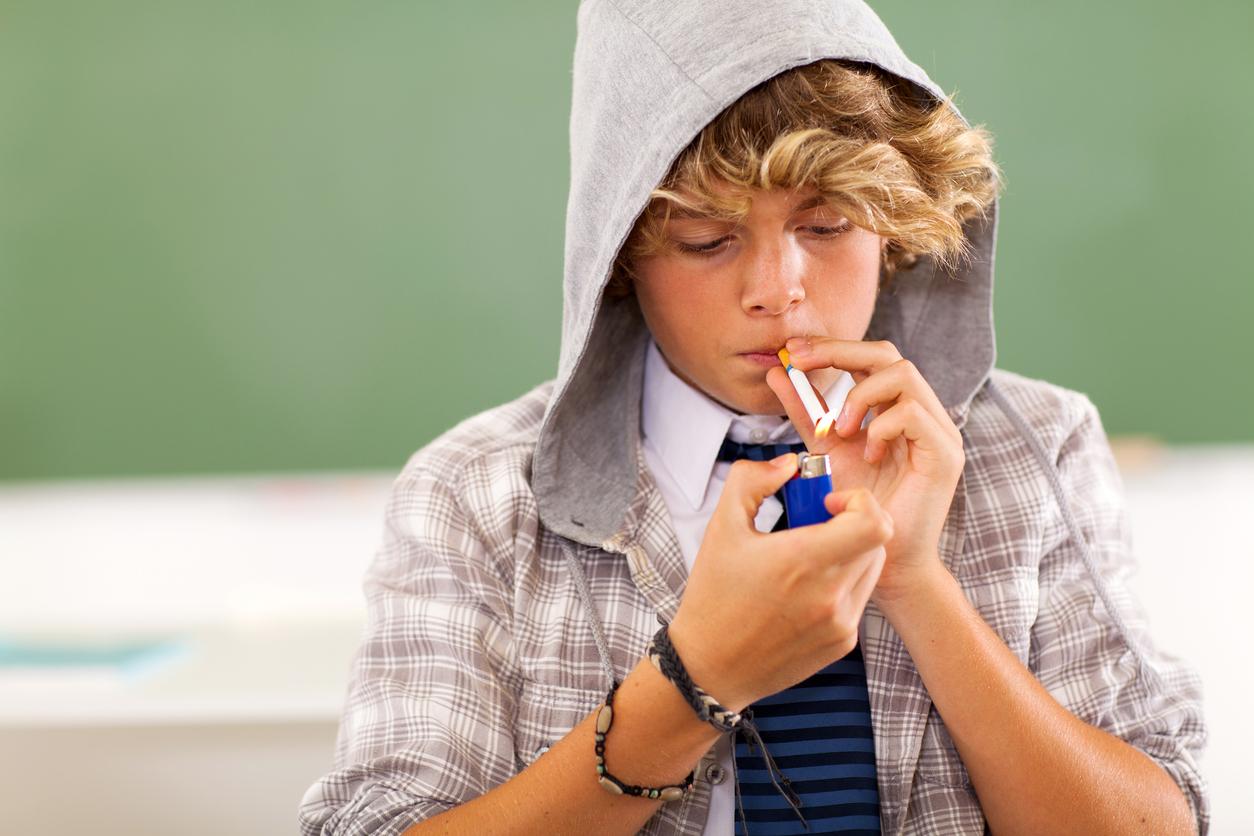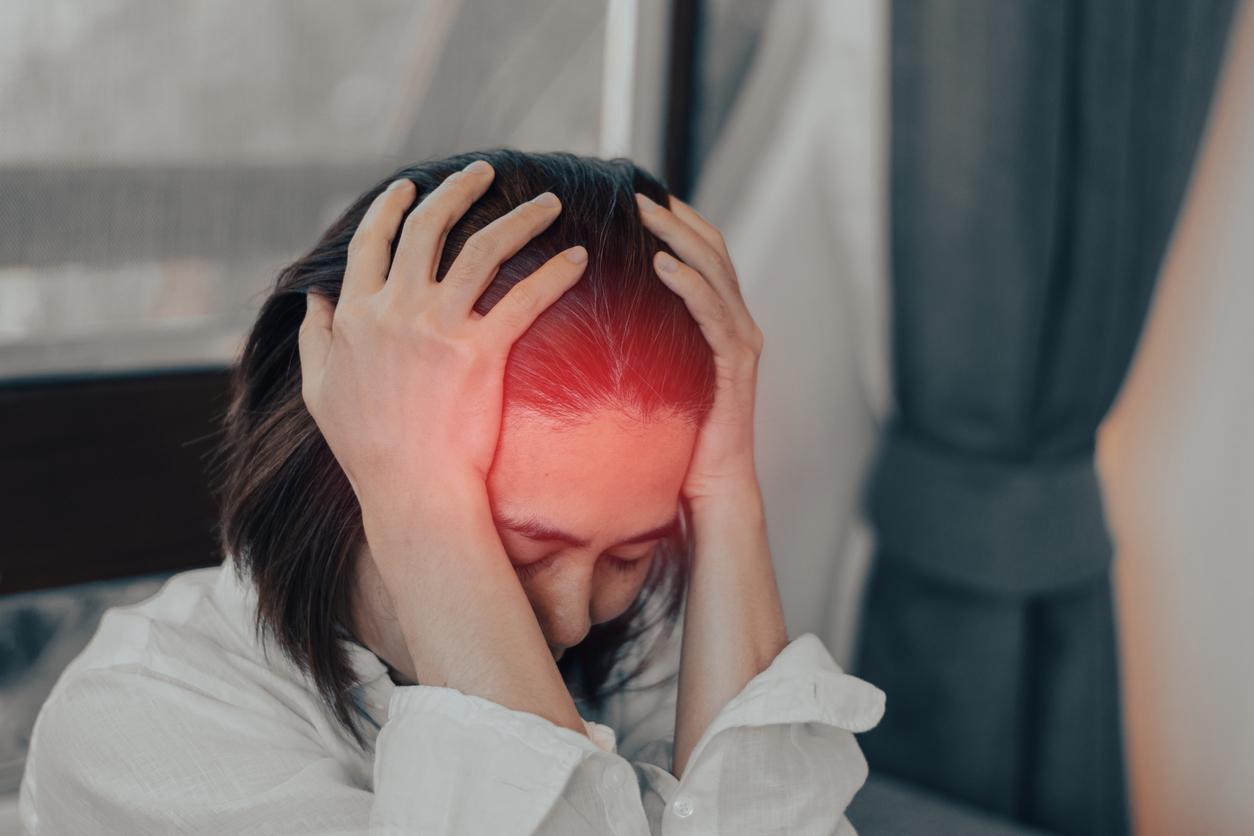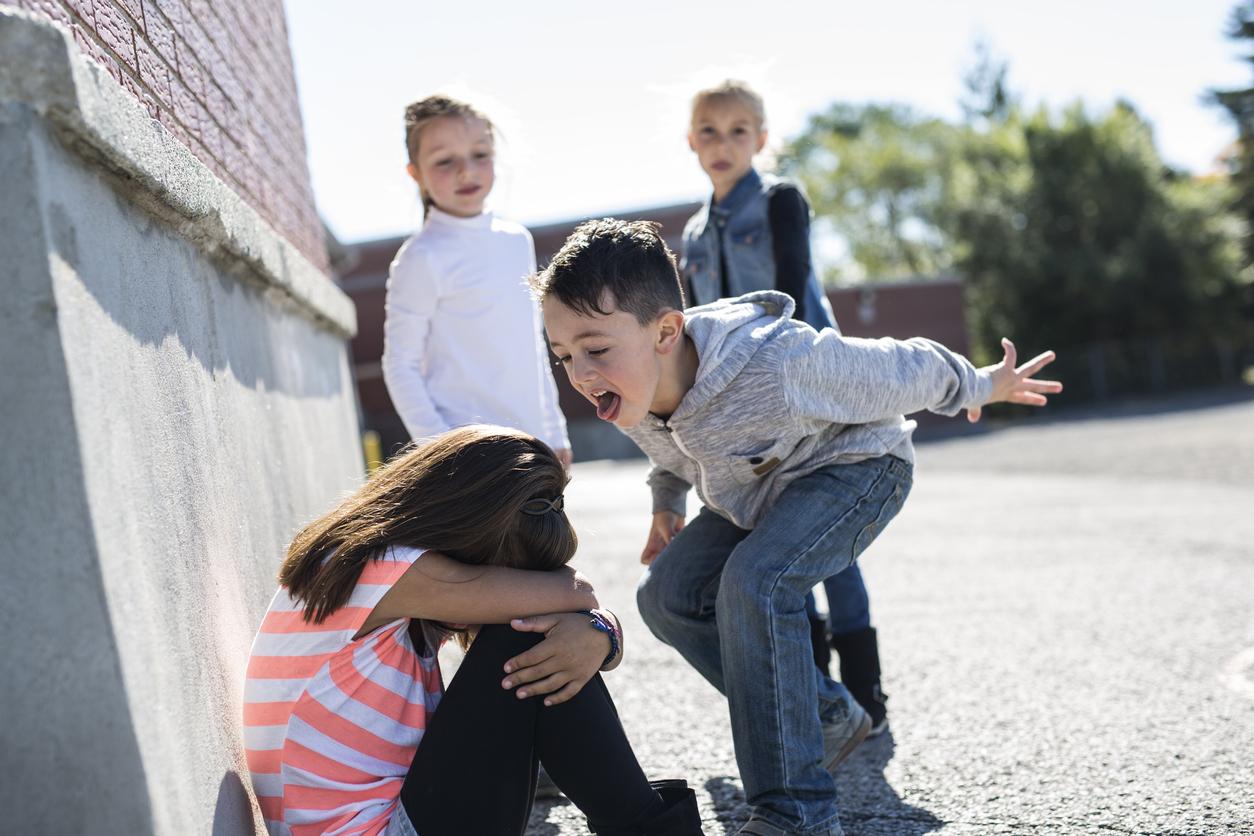In the past two years, the morale of young people has taken a hit because of the pandemic. Recently, visits by adolescents to the emergency room for suicidal crises have increased again. But what are the causes of this disturbing trend? Sylvie Tordjman, professor of child psychiatry and head of the child and adolescent psychiatry center (PHUPEA) at the Guillaume Régnier hospital center in Rennes, explains to us why minors are always more in pain.
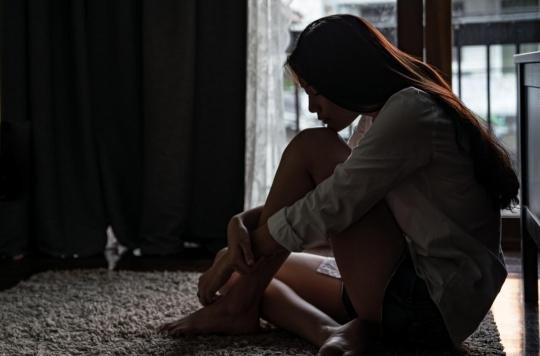
– Why Doctor: According to a recent monthly bulletin published by Public Health France, from March 28 to April 3, 2022, emergency room visits for suicidal behavior and mood disorders remained at high levels, comparable for 11-14 years old, even higher for 15-17 year olds and 18-24 year olds, than those observed at the start of 2021. And lately, the 3114 hotline, launched last October, is receiving more and more minors in distress . Have you also seen an increase in suicidal crises among teenagers in recent weeks?
Sylvie Tordjman: In the pediatric emergency room of the University Hospital Center of Rennes, the mobile child psychiatric emergency team (EMUP) welcomes suicidal crises in young people under 16, then follows them over several appointments taking place at the medico-psychological center of the PHUPEA or at home. EMUP realized that, since the end of October 2020 reconfinement, more and more minors are going through suicidal crises. Since the creation of our team in 2010, we usually note 20 to 25 suicidal crises maximum per month among children under 16, including suicide attempts and suicidal thoughts.
In March 2020, a period during which all French people were forced to stay at home, the figures for suicidal crises were normal. Thus, during the first confinement, we welcomed 5 young people for suicide attempts and 8 for suicidal thoughts, i.e. 13 suicidal crises. A year later, in March 2021, 55 suicidal crises were recorded among adolescents. The increase in these behaviors was also observed in March 2022, with 51 suicidal crises reported. Another worrying fact: suicide attempts are currently more severe with a higher drug dose absorbed.
In general, the number of emergency visits received by the EMUP is 40 to 60. Last month, it rose to 75, including 51 passages for suicidal crises. At the hospital, we have also seen, since the first confinement, that arrivals in the emergency room for eating disorders were more and more numerous. In March 2020, the young people were confined to their homes with their parents and siblings. This increase was perhaps linked to the difficulties encountered in managing intra-family conflicts. Usually only one bed is occupied in pediatrics, older children, eating disorders. Currently and for months, 7 to 9 beds are occupied by these young people.
– What is the profile of adolescents who have suicidal thoughts and gestures?
The minors most affected by suicidal behavior and eating disorders are girls. The latter express more their suffering, namely their moral or physical pain, than young boys, in whom these gestures and these ideas evolve more quietly. Clearly, this does not mean that boys are less vulnerable than girls, it means that they share their discomfort less with those around them.
We have also noticed that teenagers having suicidal crises are getting younger and younger. Currently, these behaviors also concern 10-12 year olds, whereas before it was mainly minors aged 14-15. This rejuvenation of suicidal patients can be compared to a lack of composure, including family. At this age, children need a framework, but in some families there is sometimes an absence of rules, for example no fixed regular time to eat or go to bed, which can lead to biological clocks becoming out of sync, which is a source of vulnerability. to anxiety-depressive disorders.
– How to explain this increase in suicidal crises which continues in 2022 among young people?
Unfortunately, the waves of suicidal behavior have followed the waves of the Covid-19 epidemic. For example, when France entered a second partial lockdown in October 2020, great anxiety was observed among adolescents due to the context of uncertainty. They felt like they couldn’t see the end of the tunnel anymore. In addition, the media kept relaying the number of deaths. In November, there was an increase of more than 100% in suicidal crises, with a preponderance among girls.
In January and February 2021, a drop in suicidal crises was observed but a new surge in these behaviors was observed in March 2021, when a reconfinement was put in place in 19 French departments. During the summer holidays, the numbers had dropped again. In November 2021, there was again an increase in suicidal gestures and thoughts, as the government announced new restrictions, in particular the wearing of masks in schools.
Clearly, the epidemic waves have amplified the state of malaise that already existed in some adolescents, but which they managed to manage beforehand thanks to social ties or the practice of physical activity. The miners were afraid of a reconfinement. They suffered from anticipatory anxiety and their usual defense system was overwhelmed. They had difficulty projecting themselves into the future. At this age, you want to explore the world, take risks, become more independent, but with the health crisis, it was not possible.
In 2022, the same scenario repeated itself. During the first two months of the year, the levels of emergency visits for suicidal crises were down. In March, they increased again as if there was an overflow of stress and anxiety that teenagers could no longer contain because of the anxiety-provoking climate linked to the health crisis to which were added stressful events. , such as the war in Ukraine or the election period.
During confinement, addictions to screens and social networks have increased among young people. On these platforms, the risk of harassment is higher. Result: teenagers cannot recharge their batteries outside of school, which can have a deleterious effect on the mental health of minors. But the use of social networks also has advantages. They allow you to stay in touch with your friends.
– What signs make it possible to identify that an adolescent is suffering?
This suffering manifests itself in different ways in each young person. But relatives must be sensitive to any change in behavior, to the sudden withdrawal from a social, sporting or school activity which was particularly important for the adolescent before. These sudden onset signs may reflect masked depression, and indicate a potential suicidal crisis.
– How to help these young people in psychological distress?
It is necessary, whenever possible, to avoid hospitalizing adolescents who are in psychological distress. This solution can be considered if it is not possible to do otherwise. In order to help these minors weakened by the health crisis, it is necessary to set up a follow-up, including at home, and to build a therapeutic alliance with their family, more precisely with their parents and in particular the father. The role of the family is indeed essential. According to one of our studies, which followed minors who had suicidal crises for a year, the risk of suicide decreases all the more when the therapeutic alliance has been built with the parents, in particular the father, and when family cohesion increases. It therefore seems important to help young people to better contain their stress and anxiety, by working on group containment.
To help these young people in psychological distress, we also rely on body containment through hypnosis and relaxation sessions. The idea is to help them better contain rising anxiety and manage their impulsiveness which, in the same longitudinal study that our team conducted, proved to be the predictive factor one year later for suicidal crises. We also ensure that the physiological capacity is respected. Thus, these teenagers must have a good sleep pattern. When the latter is out of sync, the risks of developing depression or suffering from anxiety are higher. We can compare this to the game of somersault. If the physiological bedrock is not in place, the foundations are missing, and there is a risk of collapse in the face of stressful events that tilt the adolescent.
– Do you think that the reimbursement of eight sessions with the psychologist for all patients over the age of 3 can help these vulnerable minors?
This can be helpful, but after working on body containment and family containment with the development of a parental therapeutic alliance. These are necessary prerequisites before setting up individual psychotherapy.









